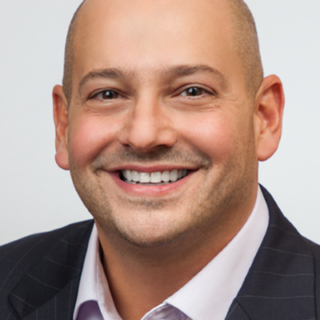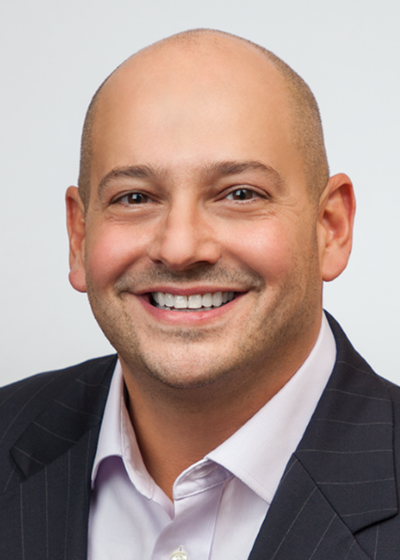Professional liability claims can pose significant challenges for architects and engineers. These claims, arising from alleged mistakes, negligence, or omissions in design, planning, or oversight, can be complex, costly, and damaging to a firm’s reputation. Understanding how to effectively navigate such claims is crucial for every architecture and engineering (A&E) firm.
Common Types of A&E Professional Liability Claims
Architects and engineers operate in high-stakes environments where minor oversights can lead to major financial or operational consequences. Typically, claims against these professionals fall into several common categories:
- Design Errors or Omissions
These claims occur when an architect or engineer allegedly makes mistakes or fails to include crucial details in design documents. For instance, a structural engineer may miscalculate load requirements, resulting in construction defects or unsafe structures. Similarly, an architect might omit critical fire-safety specifications, exposing building owners and occupants to risk. - Project Delays and Cost Overruns
Delays are common in the construction industry, but if these delays can be traced back to inaccurate design documents, insufficient planning, or overly optimistic schedules set by an architect or engineer, it can result in significant claims. Owners may seek compensation for additional project costs, lost revenue, or financing expenses. - Failure to Meet Codes or Regulations
Non-compliance with local, state, or federal building codes can lead to claims. If a project fails an inspection due to oversight by design professionals, the architect or engineer can be held liable for the costs associated with corrections and delays. - Poor Communication or Misrepresentation
Communication errors and misrepresentations can lead to misunderstandings between clients, architects, engineers, and contractors. If critical project expectations or standards are misrepresented or poorly communicated, clients may initiate legal action. - Construction Phase Oversight Issues
Many architects and engineers continue involvement through construction phases, offering observation or oversight. If professionals fail to adequately monitor construction activities or neglect to address noticeable issues, they can face liability.
Effective Steps in Navigating Professional Liability Claims
Successfully managing A&E professional liability claims involves a strategic, methodical approach. Follow these best practices:
- Early Notification and Response
Upon receiving any indication of a potential claim, notify your professional liability insurance carrier immediately. Early notification ensures timely guidance and legal support, mitigating the risk of damaging statements or actions that could negatively impact your case. Delaying notification can result in a denial of coverage or increased liability exposure. - Detailed Documentation
One of the strongest defenses in professional liability claims is comprehensive documentation. Document every project phase meticulously, including meetings, decisions, communications, and design iterations. Maintain digital records securely to ensure ease of access during investigations.
In the event of a claim, thorough documentation demonstrates diligence, proper procedures, and justification for your professional judgments. - Collaboration with Legal and Insurance Experts
Do not attempt to handle claims alone. Collaborating with experienced attorneys and insurance professionals specializing in A&E professional liability is crucial. These experts can help analyze the validity of claims, review your documentation, and guide appropriate responses, negotiation strategies, and defenses. - Clear and Professional Communication
Maintain consistent and professional communication with clients, claimants, insurers, and legal counsel throughout the claim process. Avoid confrontational language or admissions of fault. Carefully crafted communications can reduce tensions and facilitate more amicable settlements. - Resolution Strategies
Not every claim needs to escalate to litigation. Alternative Dispute Resolution (ADR) methods such as mediation or negotiated settlements can help parties find common ground without incurring the high costs and lengthy timeframes of court cases.
Proactive Measures to Minimize Claims
- Robust Contract Review and Management: Clearly define project scope, responsibilities, timelines, and performance standards. Engaging legal professionals in contract review can help limit risk exposure.
- Rigorous Quality Control Processes: Consistently implement quality assurance and peer review processes throughout your projects, minimizing mistakes before they occur.
- Continuous Education and Training: Regularly educate staff about professional responsibilities, code updates, and risk management practices.
- Regular Client Updates and Transparent Communication: Frequently updating clients about project developments, potential issues, and solutions reduces misunderstandings and fosters goodwill, minimizing the likelihood of legal disputes.
Role of Professional Liability Insurance
Professional liability insurance, commonly known as Errors & Omissions (E&O) coverage, is essential for managing and mitigating risks associated with A&E claims. This coverage typically includes defense costs, settlements, and judgments arising from claims of negligence or errors in your professional services.
For architects and engineers, obtaining robust professional liability coverage tailored to the specific nature and scope of your projects is critical. Coverage details like policy limits, exclusions, and deductibles significantly impact how protected your firm is when faced with substantial claims.
Always consult with your insurance advisor to ensure your coverage remains comprehensive and reflects your firm’s evolving needs.
Final Thoughts
Navigating professional liability claims effectively demands a proactive and informed approach. By understanding common claims scenarios, preparing diligent documentation, engaging early with insurance and legal experts, and adopting proactive risk management strategies, architects and engineers can better protect themselves, their firms, and their reputations.
At Inszone Insurance, we understand the specific risks faced by architects and engineers. Our specialists are committed to helping you evaluate your risks, select appropriate coverages, and support your firm through complex claims scenarios.
For personalized guidance on professional liability coverage or assistance with current claims, contact Inszone Insurance today.





